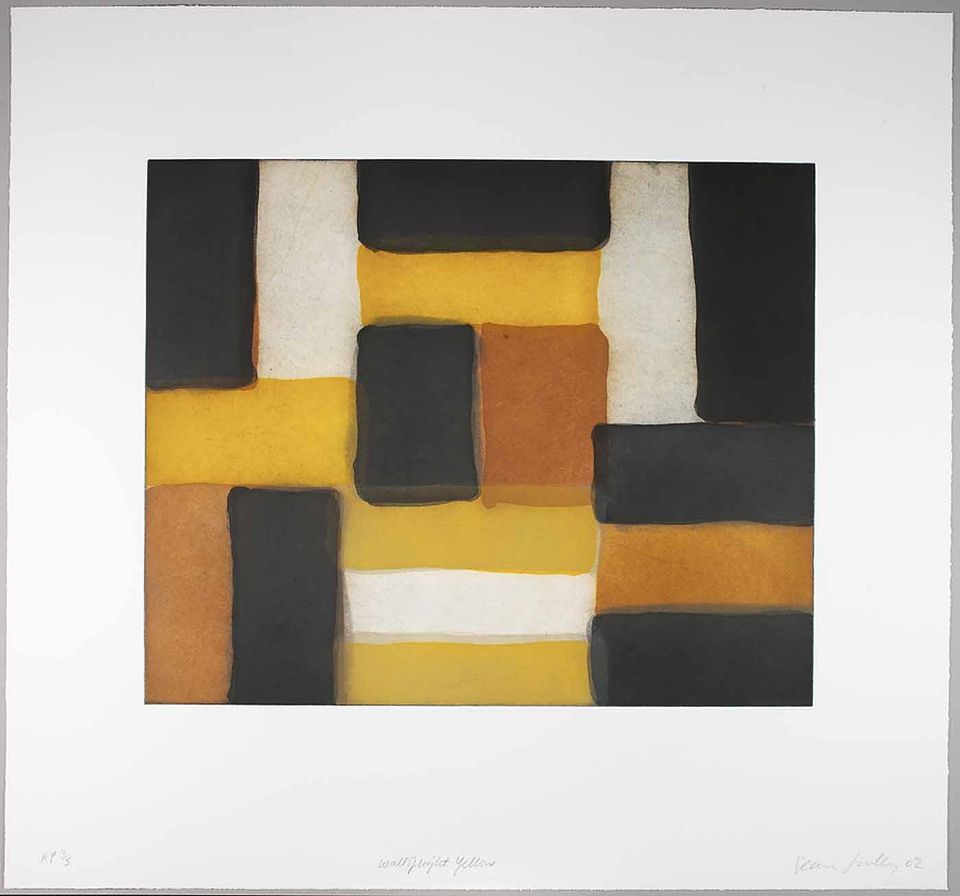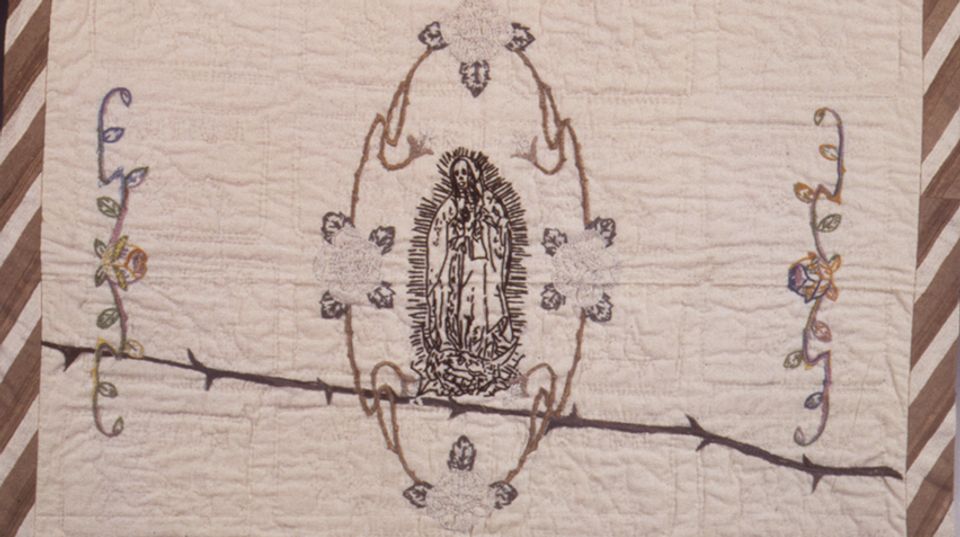
I don't think I'm alone when I say that, from time to time, an artist whose work I've always casually admired will—without warning—completely capture my attention. In my case, after some light research into the artist's background, I began devouring anything I could find about Sean Scully and his abstract work. Reading about him brought me back to this post on art in America, as Scully is an artist whom many nations claim as a favorite son. Born in Ireland, then raised in England, Scully emigrated to the United States in the '70s and became a U.S. citizen in the early '80s. When the Tate Britain opened a few years back, they included Scully's work as representative of the older guard of European abstract painters. I think Scully's work places him squarely within the American abstract tradition, though the European influence is undeniable (and I'm willing to bet that Britons would disagree.)
In 2002 the Smithsonian American Art Museum became one of five recipients of a gift of a master set of the artist's prints. As it stands, American Art is the sole U.S. host to such an arrangement. The museum receives (as a gift) an impression of every print Scully makes. Museums cultivate relationships with artists just as they do with collectors, so this isn't an unusual agreement.
To give another example, the Dallas Museum of Art has an agreement with Gerhard Richter such that it is able to purchase a master index from the artist. Love Richter or hate him, a complete set of his print works represents a real feather in a museum's cap. It comes at the potential cost of prints that might not necessarily fit the museum's collection, but the prints are discounted to some degree and are worthwhile in any event.
"Sean Scully: Wall of Light" opened last week at the Phillips Collection. This is the first time that these works, drawn from his remembered impressions of a trip through Mexico nearly 20 years earlier, will be shown within the United States. I very much like his recent work, and some of the most compelling prints from the American Art index are drawn from "Wall of Light," including initialed two-plate and three-plate working proofs from that print series. I suppose I picked the right time to develop a taste for his works.
















